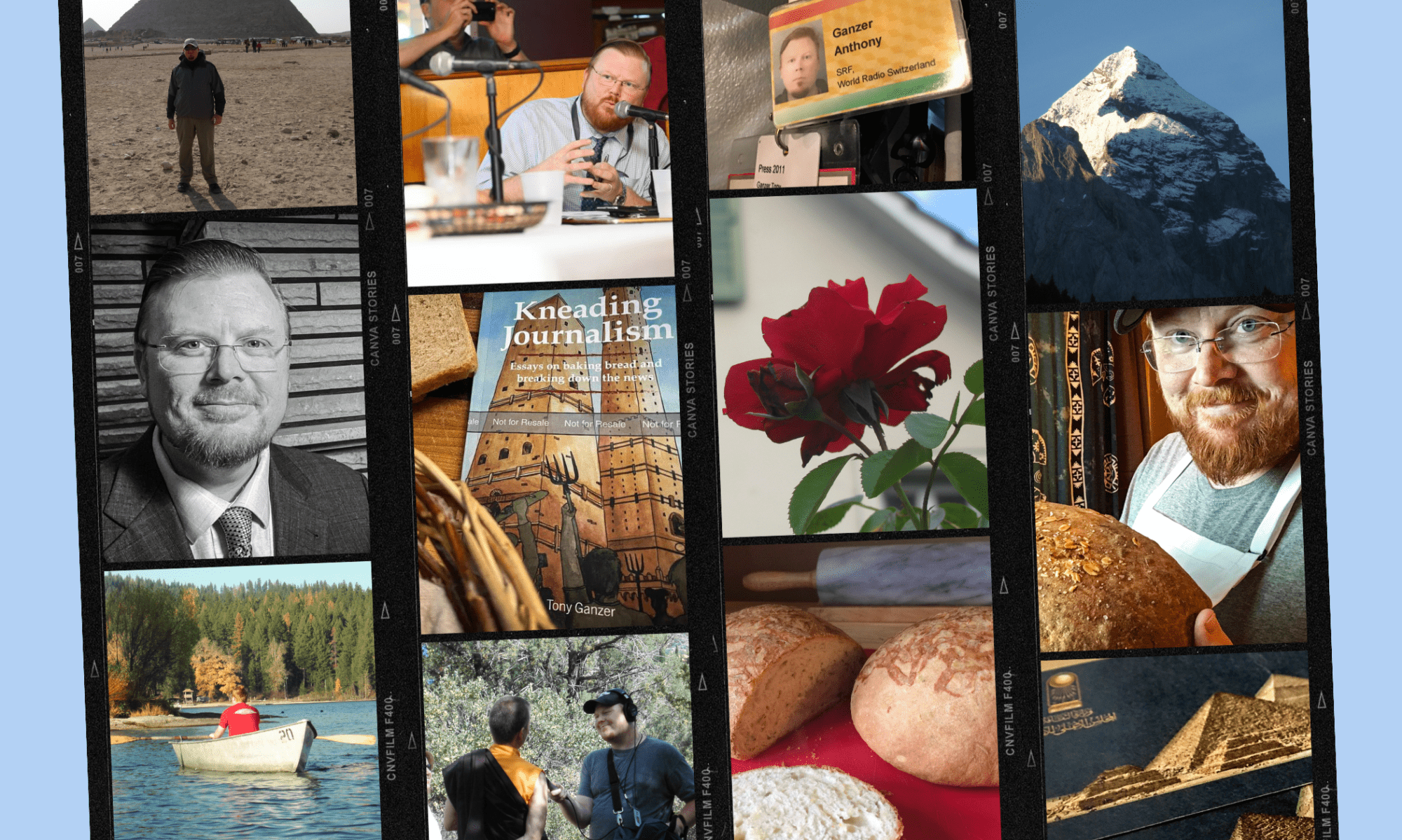The Basel Tattoo will end tomorrow, Saturday, July 24. The music festival has featured international bands and artists all week in Basel’s historic center. The Tattoo has also showcased local Swiss acts, including one based on hundreds of years of alpine tradition. WRS’s Tony Ganzer reports on Le Ranz des Vaches.
Bells ring and hang from embroidered leather harnesses around the necks of 14 alpine cows. Men dressed in blue jeans and blue shirts hold intricately carved walking sticks—guiding the cows into an arena.
The men are known as Les armaillis and their families have tended to alpine cattle in Gruyere, Switzerland for hundreds of years. These are milk cows, kept in the mountains until milking time. Then, and only then, Les armaillis sing a haunting melody passed down through oral tradition, and call the cows home.
BARBARA RUETSCH: “Unfortunately the life of the people in the Alps have been very, very hard all the time, and most of the traditions–especially this Ranz des Vaches– got lost.”
Barbara Ruetsch works at the Basel Tattoo as a kind of problem solver—she seems to know a little about everything. She says though similar cow calling occurred in France and Austria as well, Le Ranz des Vaches has been embraced by Switzerland a kind of anthem. The song was first recorded in 1545, and the song’s purpose is very simple—to call the cows for milking, so Les armaillis could produce cheese—that’s it.
RUETSCH: “in order to bring this milk back after summer, because the milk could not have been kept fresh over all this time, but they made cheese of it. And in Autumn, when they came down to the valleys again they had no milk with them, but they had a fortune in cheese. And so they could sell the cheese during the winter, and have something to eat, and to feed the families and also the cows again.”
(Beethoven’s Pastorale (6th symphony, 5th movement))
From humble and practical beginnings the alpine call has inspired some of the great artists in the world. This is Shepard’s song from Beethoven’s sixth symphony, holding some of the key notes of Le Ranz des Vaches. Some notes are also found in the opera William Tell. And writer Henry David Thoreau also mentioned the song when he spoke of feeling a call to nature.
The song is featured at La fete des Vignerons, a wine festival in the canton of Vaud, which occurs every 20 years or so. It was at the most recent edition of the festival in 1999 that Basel Tattoo producer Erik Julliard experienced the song first hand.
JULLIARD: “I took part the first time in 1999, as a drummer, and when I came up with the idea to show in our tattoo the different customs of Basel, of course I thought of the calling of the cows act.”
Julliard built a barn in Basel for 14 cows, and arranged for their expensive transport from the Alps.
JULLIARD: “I think it’s going to be one of the best acts in the whole show because it is very emotional.”
Hundreds of years ago Le Ranz des Vaches was outlawed because of its effect on Swiss soldiers working abroad. Whenever the song would play, the soldiers would feel a longing for their home land, and want to leave. And to Barbara Ruetsch that feeling still exists.
RUETSCH: “I think this is a little bit of this story we probably re-feel. And if you see me now, I am not a very sentimental person, but it is very hard time for me to be serious now because it makes me cry.”
Ruetsch says Les armaillis probably lost some money by bringing their cows to the Tattoo, but she is confident the audience will see the song as something special, and traditionally Swiss.



